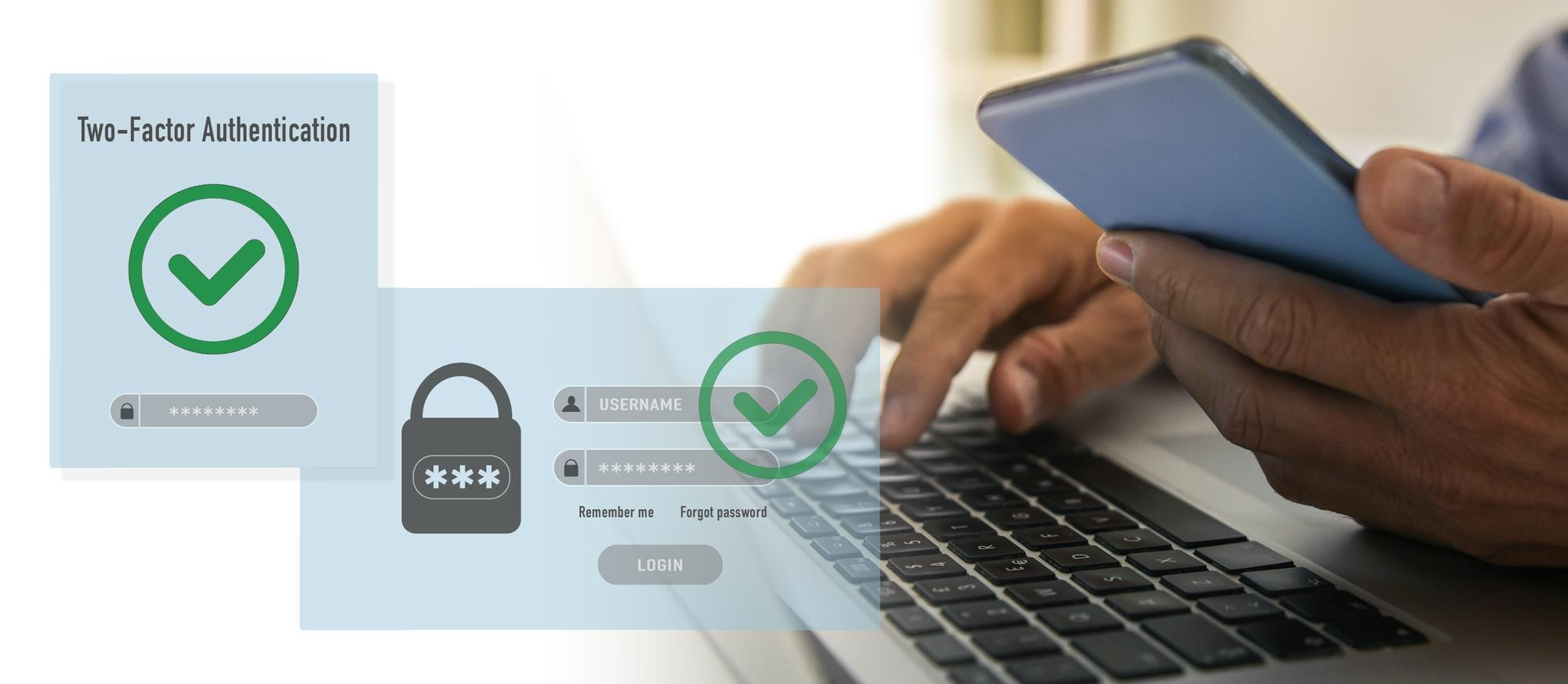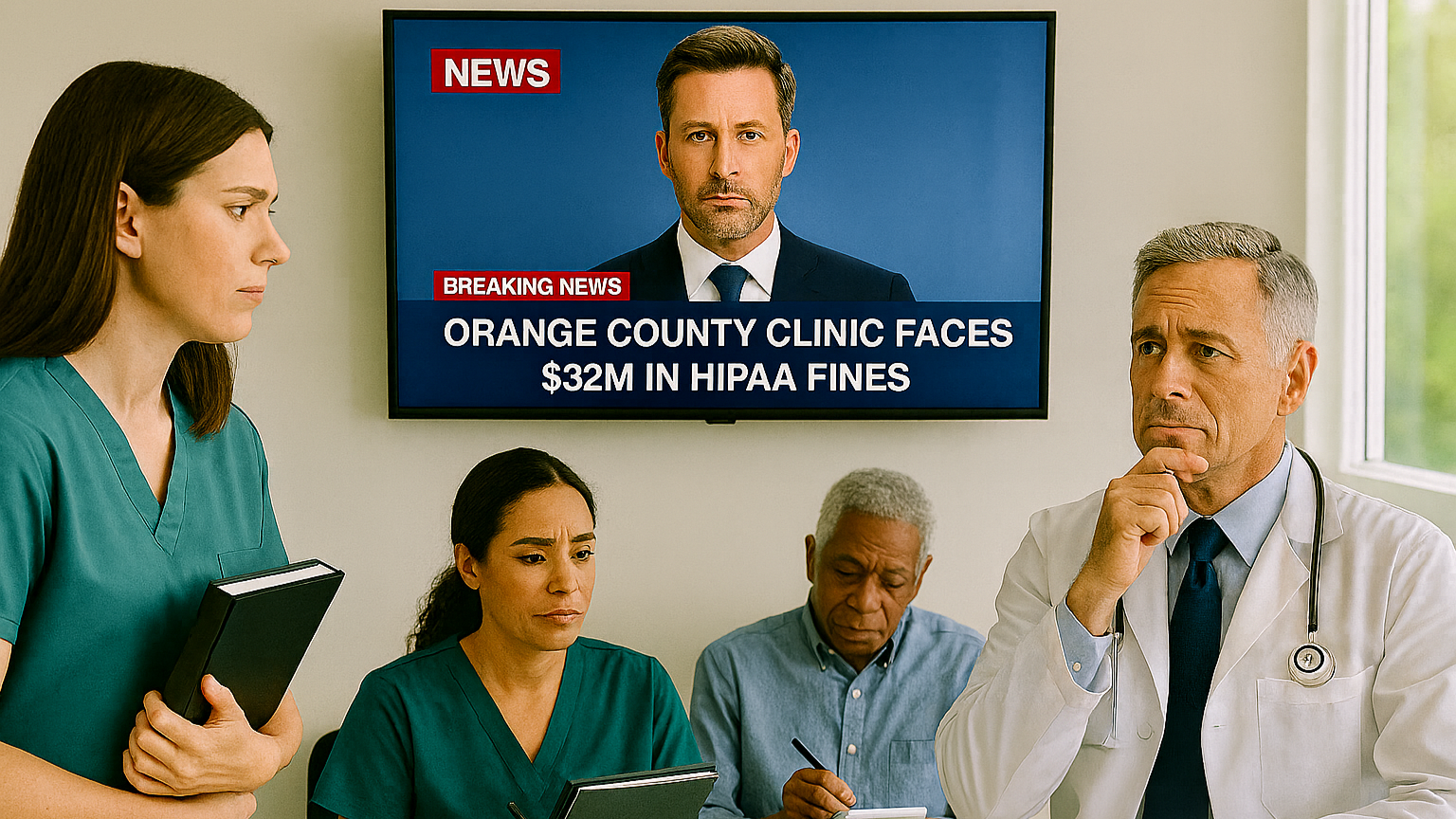Enterprise Secure Medical Texting: Compliance and Integration
💡Secure, HIPAA-compliant texting is the future of healthcare communication. Transform your workflows with enterprise secure medical texting today.

In today's hyper-connected world, text messaging has become a dominant form of communication – quick, convenient, and almost universally adopted. Patients increasingly expect to interact with their healthcare providers through the same channels they use in their daily lives. However, the stringent privacy and security requirements of the healthcare industry, primarily governed by the Health Insurance Portability and Accountability Act (HIPAA), create significant challenges. This leads to a critical question many healthcare organizations grapple with: Is texting HIPAA compliant? Or perhaps more accurately, is text messaging HIPAA compliant when handling sensitive patient information? Answering this definitively is crucial for risk management and maintaining patient trust.
The straightforward answer is nuanced: standard text messaging (like SMS or MMS found natively on smartphones) is not inherently HIPAA compliant. It lacks the fundamental security controls needed to protect Protected Health Information (PHI). However, this doesn't mean texting is off-limits for healthcare communication. HIPAA compliant texting is achievable, but it demands a deliberate and informed approach, utilizing specialized technologies and adhering strictly to established protocols. Sending PHI via insecure methods not only risks patient privacy but also potentially violates broader personal text messaging privacy laws and invites severe penalties under HIPAA. Understanding if is texting HIPAA compliant in your specific operational setup is the essential first step. Failing to address this can lead to significant compliance gaps.
This definitive guide will provide healthcare providers, administrators, compliance officers, and their business associates with a comprehensive understanding of HIPAA texting rules. We will delve into the core principles of HIPAA, dissect why standard texting falls short, outline the essential requirements for achieving compliance, explore best practices for implementation, and provide practical guidance for navigating the complexities of HIPAA compliant text messaging. Our goal is to empower covered entities to leverage the efficiency of texting while upholding the highest standards of patient data protection, ensuring their HIPAA text messaging practices are sound and secure. We aim to clearly answer is text messaging HIPAA compliant under the right conditions, providing clarity for your organization. Understanding these HIPAA texting rules is foundational for secure communication.
Before diving into the specifics of texting, grasping the fundamentals of the governing regulation is essential for anyone involved in healthcare communications, particularly those responsible for implementing HIPAA compliant messaging strategies.
Enacted in 1996, the Health Insurance Portability and Accountability Act serves multiple purposes, but its most well-known aspect is the establishment of safeguards to protect the privacy and security of health information. It aims to improve the efficiency and effectiveness of the healthcare system while ensuring patient rights are protected. This framework directly impacts how HIPAA compliant texting must be structured and implemented. The very question, is texting HIPAA compliant, stems from the mandates within this Act regarding the safeguarding of PHI in all its forms.
HIPAA rules apply to two primary groups:
Crucially, Business Associates are directly liable for HIPAA compliance and must adhere to the same security and privacy standards as Covered Entities regarding the PHI they handle, including signing BAAs for services like hipaa compliant text messaging. This joint responsibility is key to secure HIPAA compliant messaging and ensuring accountability throughout the data lifecycle.
Three core rules under HIPAA define the landscape for HIPAA texting rules and influence HIPAA compliant messaging systems. Understanding these is vital before implementing any form of electronic patient communication:
Ignoring HIPAA texting rules carries substantial risks, impacting safety, viability, and trust. The consequences reinforce why achieving HIPAA compliant messaging is critical:
Ensuring HIPAA compliant text messaging is about upholding ethical obligations and maintaining integrity. It directly addresses: is text messaging HIPAA compliant in your practice? The answer must be a verifiable 'yes'.
The convenience of standard SMS/MMS is tempting, but many pure SMS platforms lack the security required by HIPAA, making the answer to "is texting HIPAA compliant?" a 'no' for many texting tools that don't offer secure methods to deal with PHI.
Standard texting fails HIPAA due to:
Using standard SMS/MMS for PHI constitutes a potential violation, failing the "is texting HIPAA compliant?" test:
Organizations must explicitly prohibit standard, unsecured texting for ePHI. Allowing it creates unacceptable risks, contradicting HIPAA compliant texting requirements. This policy is crucial for training HIPAA compliant texting for medical professionals and setting clear boundaries.
While standard texting is unsuitable, HIPAA compliant texting is achievable through a structured approach involving technology and administrative processes for secure HIPAA text messaging and overall HIPAA compliant messaging.
HIPAA compliant text messaging means using platforms and practices meeting all relevant HIPAA Privacy and Security Rule requirements, ensuring ePHI confidentiality, integrity, and availability, aligning with HIPAA and related personal text messaging privacy laws. This answers "is text messaging HIPAA compliant?" affirmatively when implemented correctly and consistently.
The foundation is a specialized HIPAA compliant text messaging app. This may involve cloud-based services or potentially on-premise solutions, each with security considerations. Key features include:
Technology needs strong policies for effective HIPAA text messaging:
Training is vital for secure HIPAA compliant texting and mitigating human error:
Engaging patients requires agreement and clear communication, especially for HIPAA compliant texting with patients:
A methodical approach ensures success in establishing reliable HIPAA text messaging and confidently answering "is text messaging HIPAA compliant?" for your organization.
Choosing a partner for your HIPAA compliant text messaging app requires diligence:
Follow these steps for successful rollout of HIPAA compliant text messaging:
Secure integration between your HIPAA compliant text messaging platform and EHR/PM enhances efficiency. Ensure secure methods (e.g., validated APIs), understand data flows within your risk assessment, and cover integration vendors with BAAs if they handle PHI. This streamlines HIPAA compliant messaging workflows.
Consistent adherence by all users is key for maintaining compliance in your HIPAA text messaging practices.
Staff using the HIPAA compliant text messaging app should always:
If allowing personal devices, implement strict BYOD policies for HIPAA compliant texting for medical professionals:
Guidance on appropriate content is crucial, even with a secure HIPAA compliant text messaging app. This goes beyond technology to policy and judgment.
Even using a secure HIPAA compliant text messaging app, always limit PHI to the minimum needed. Just because HIPAA compliant texting is technically possible doesn't make it appropriate for all data disclosures. This is a core principle of the HIPAA texting rules that requires constant attention.
Here are 24 diverse examples illustrating practical HIPAA compliant text messaging to patients and internal HIPAA text messaging use cases within a framework of hipaa compliant texting:
Clarifying compliance for common tools and situations is important when considering it is text messaging HIPAA compliant in varied circumstances.
If patients text PHI via standard SMS, the response process is key to managing HIPAA compliant texting with patients: Acknowledge receipt without including PHI, state risks (including those under personal text messaging privacy laws), offer secure channels (phone, portal, approved HIPAA compliant text messaging app after consent), document the interaction carefully.
It can be, only if the entire workflow happens within the secure HIPAA compliant text messaging app under a BAA. Standard OS dictation into non-compliant apps fails the "is talk to text HIPAA compliant?" test for PHI. The security of the full HIPAA text messaging process, end-to-end, is what matters.
No, the native iPhone Messages app is not HIPAA compliant for PHI. Lack of guaranteed E2EE, controls, audit trails, and BAA make it unsuitable. Achieving HIPAA compliant text messaging on an iPhone requires a dedicated secure third-party app meeting HIPAA texting rules. Regarding "is iphone texting HIPAA compliant?", the native app answer is no for PHI communication.
Platform compliance requires CE verification. Check safeguards (encryption, access, audit), ensure a signed BAA. Vendor claims aren't enough. Due diligence determines if "is textedly HIPAA compliant?" is yes for your use case and if it can serve as your vetted HIPAA compliant text messaging app. This applies to any platform considered for HIPAA compliant texting.
Communicating PHI via text regarding minor patients introduces complexities. Considerations include: state laws regarding minor consent for specific healthcare services, parental/guardian access rights under HIPAA, and ensuring communication occurs with the legally authorized individual. Policies for HIPAA compliant texting with patients must address these nuances clearly.
In rare, officially declared public health emergencies or disasters, HHS may issue limited waivers of certain HIPAA provisions (potentially including some aspects of HIPAA texting rules) to facilitate necessary communication for patient care. However, these waivers are temporary, narrowly defined, and do not eliminate the underlying need for privacy and security. Organizations should revert to fully compliant methods, like their HIPAA compliant text messaging app, as soon as feasible. Relying on waivers is not a substitute for robust, everyday HIPAA compliant texting readiness. It doesn't change the answer to "is texting HIPAA compliant?" under normal operating conditions.
The HIPAA compliant messaging landscape continues to evolve:
Texting can absolutely be a HIPAA violation if PHI is sent via standard, unsecured SMS. These lack required safeguards. Using them for PHI answers "is texting a HIPAA violation?" with 'yes'. However, HIPAA compliant texting is possible using specialized secure platforms meeting HIPAA texting rules under a BAA.
Determining if Textedly is HIPAA compliant requires CE verification of features, security, policies, and critically, an executed BAA. Without these confirmed, using it for PHI would not meet standards. So, "is textedly HIPAA compliant?" depends on your due diligence and that signed BAA. It must function as a proper HIPAA compliant text messaging app.
The default iPhone Messages app is not HIPAA compliant for sending PHI. It lacks guaranteed E2EE, necessary CE controls/audits, and a BAA. Conducting hipaa compliant text messaging on an iPhone requires a dedicated secure messaging app meeting HIPAA standards (and under a BAA) is mandatory. Thus, "is iphone texting HIPAA compliant?" for PHI via the native app is no.
Talk-to-text can be compliant if integrated within a secure HIPAA compliant text messaging app under a BAA. Using standard OS dictation into unsecured apps for PHI is not compliant. The full workflow matters when asking "is talk to text HIPAA compliant?".
Revisiting our central question: Is text messaging HIPAA compliant? Yes – if implemented correctly. Standard texting is non-compliant, but HIPAA compliant texting offers a secure path. Success requires: secure technology (a vetted HIPAA compliant text messaging app + BAA), robust policies (risk assessments, clear HIPAA texting rules), and comprehensive training (ensuring proper HIPAA compliant texting for medical professionals). Respecting patient consent for HIPAA compliant texting with patients is vital, aligning with HIPAA and broader personal text messaging privacy laws. Effective HIPAA compliant text messaging to patients needs this strong foundation.
Implementing HIPAA compliant messaging is more than regulation; it's fundamental to patient trust. Secure HIPAA text messaging improves communication and efficiency. By navigating requirements and choosing the right tools for HIPAA text messaging, organizations can leverage modern communication safely. Answering "is texting HIPAA compliant?" affirmatively requires ongoing commitment across all pillars of secure HIPAA compliant messaging. Establishing robust HIPAA text messaging practices is an investment in patient relationships and operational integrity.

💡Secure, HIPAA-compliant texting is the future of healthcare communication. Transform your workflows with enterprise secure medical texting today.

In medical practice, HIPAA compliance is non-negotiable. With the rapid adoption of conversational AI, new dimensions are added to the challenge....
.png)
HIPAA compliance forms the bedrock of patient trust in the healthcare system, establishing essential rules for safeguarding sensitive health...